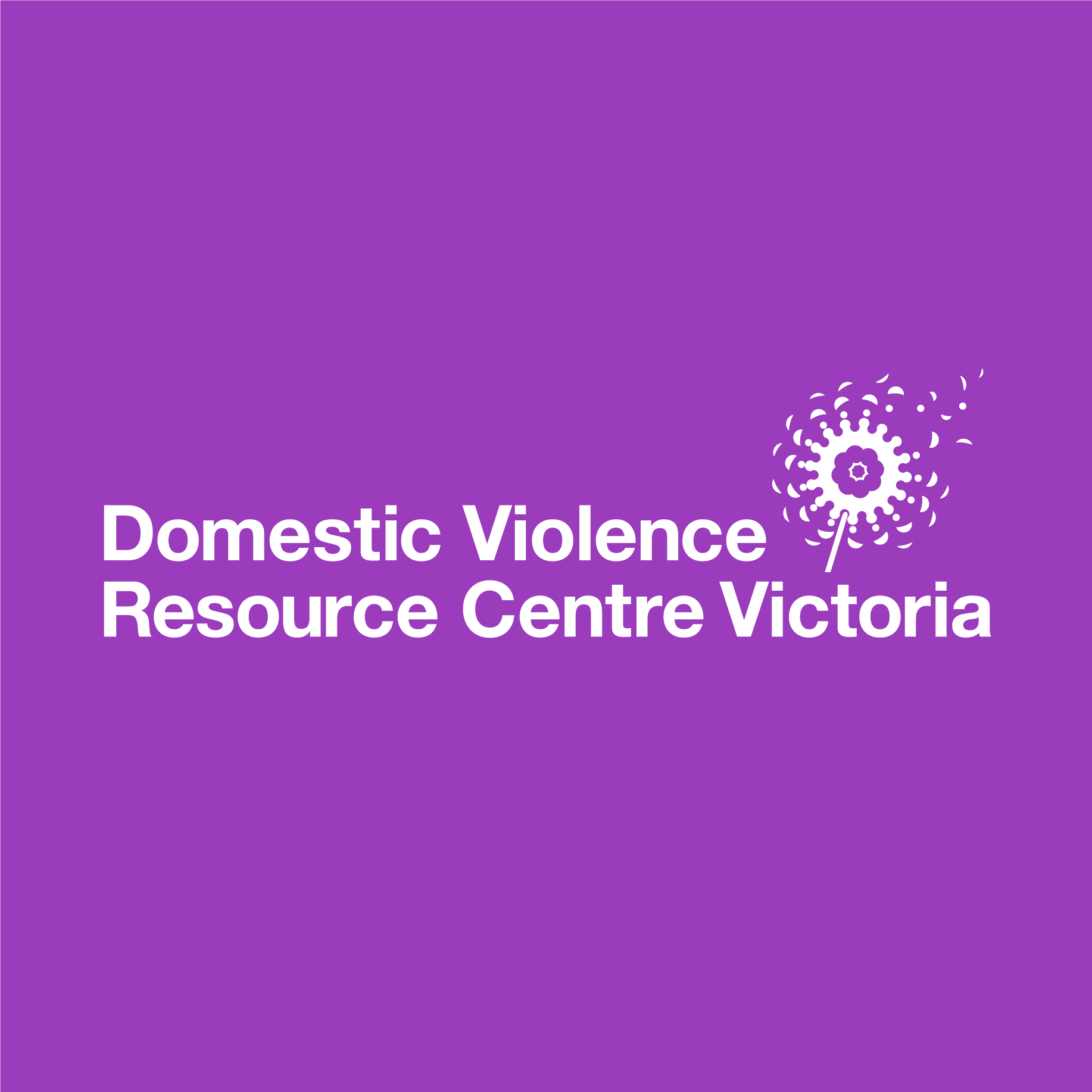The Victorian Government has announced $18.2 million in funding to support Aboriginal-led family violence responses and prevention initiatives. Eligible Aboriginal community groups and organisations will be able to access funding through the Dhelk Dja Family Violence Fund.
This funding ultimately aims to provide more Aboriginal families and individuals with culturally-safe family violence support – including emergency support, family counselling and behaviour change programs.
“All Victorians deserve to live free from violence – and the best response for Aboriginal communities is one that is led by Aboriginal communities,” said Minister for Prevention of Family Violence and Aboriginal Affairs, Gabrielle Williams.
The announcement was applauded by the Victorian Aboriginal Child Care Agency (VACCA), who also stressed the importance of ensuring responses to Aboriginal family violence are led by Aboriginal organisations and communities.
“This funding will allow Aboriginal Community Controlled Organisations to work with community in providing a suite of culturally safe, trauma-informed family violence and healthy respectful relationships programs,” their media release read.
“VACCA commends the government’s commitment to advancing Aboriginal self-determination and this funding will allow VACCA and other Aboriginal Family Violence Services to enhance our programs to meet the community needs over the next two years.”
Launched in 2018, ‘Dhelk Dja’ – Safe Our Way: Strong Culture, Strong Peoples, Strong Families’ (‘Dhelk Dja’) is an Aboriginal-led Agreement that commits Aboriginal communities, services and the Victorian government to work together to address family violence in Aboriginal communities.
Self-determination sits at the core of this agreement, marking a systemic shift in the way government has historically partnered and worked with the Aboriginal community.
Submissions for the Dhelk Dja Family Violence Fund are now open to eligible organisations. To apply or find out more visit the Tenders Vic website. Applications close 23 October.
Read the government media release here.
Page last updated Wednesday, September 30 2020







